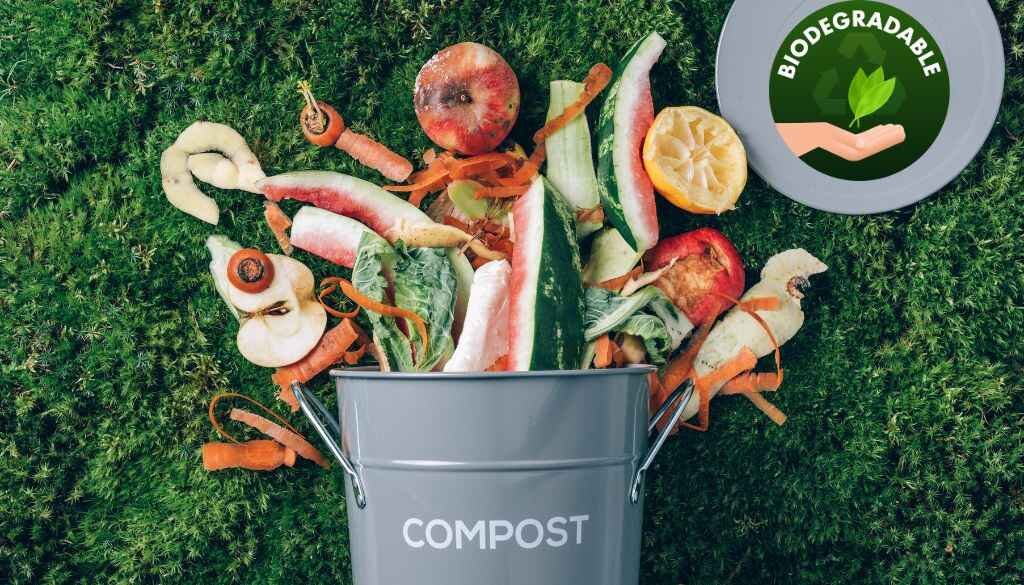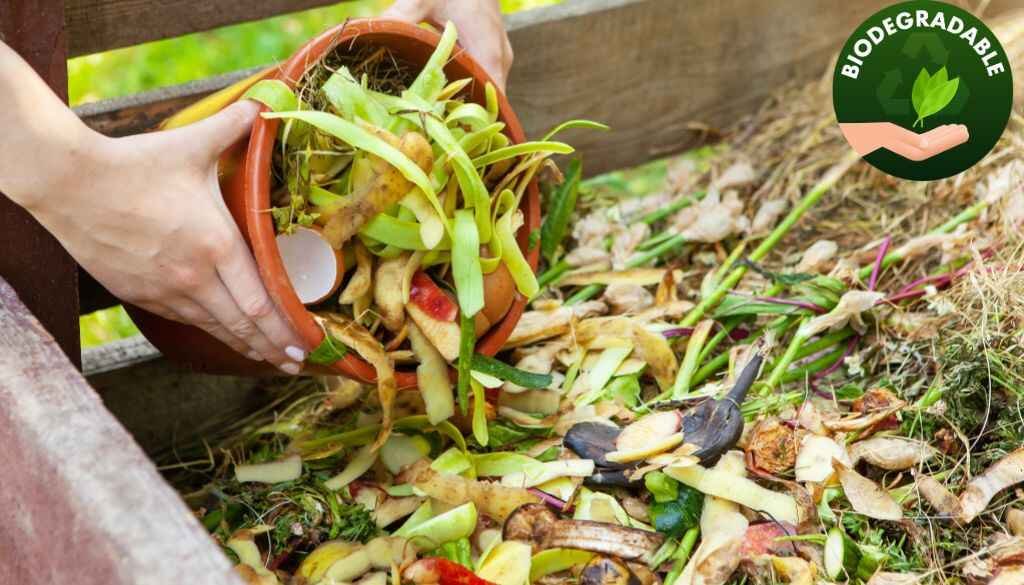Key Takeaways
- Learn what biodegradability means and how it affects the environment.
- Understand the common materials used in everyday products and their biodegradability.
- Discover practical ways to ensure more products you use are biodegradable.
What Is Biodegradability?
The term “biodegradability” describes a material’s capacity for natural breakdown by biological processes, returning to natural elements over time. This quality is crucial because biodegradable materials break down efficiently, significantly reducing environmental harm caused by waste accumulation. Comprehensive biodegradability testing is essential for determining how quickly and effectively a material can decompose.
When a product is biodegradable, it means that bacteria, fungi, and other microorganisms can break it down. This process converts the material into water, carbon dioxide, and biomass, making it less likely to pose long-term environmental threats. In a world grappling with waste management, understanding which products are biodegradable can help make more eco-friendly choices. The degradation process can take as little as a few weeks to as long as several years, depending on the material and environmental conditions.

Materials and Their Biodegradability
Various materials have different rates and biodegradability processes. Common biodegradable materials include:
- Wood
- Natural fibers like cotton and wool
- Paper and cardboard
These materials decompose naturally within a relatively short time frame, contributing less to long-term pollution. However, other materials, such as certain plastics, can take hundreds of years to break down. The biodegradability of materials is thus a significant factor in assessing their environmental impact.
For example, products made from bio-polymers or plant-based plastics are often marketed as biodegradable. Still, the efficiency of their decomposition largely depends on the conditions they are exposed to, such as temperature, presence of moisture, and microbial activity. This complexity emphasizes the need for rigorous testing to verify claims of biodegradability. Certain conditions, like adequate oxygen and sunlight, can expedite the biodegradation process, making environmental contexts crucial for evaluating these materials.
Practical Steps to Choose Biodegradable Products
Making wise decisions on the goods you purchase can have a substantial impact on the environment. Here are some practical steps to help you choose biodegradable products:
- Read Product Labels Carefully: Look for certifications and labels that indicate a product is biodegradable. Terms like “compostable” or “eco-friendly” can provide clues about the product’s environmental footprint. Certifications from recognized bodies, such as the Biodegradable Products Institute (BPI), can offer assurance of biodegradability.
- Opt for Natural Materials: Products made from natural materials like bamboo, paper, and cotton are more likely to be biodegradable. Avoid synthetic materials whenever possible. Natural materials not only break down more easily but also often require less energy and fewer chemicals to produce, adding to their environmental benefits.
- Support Sustainable Brands: Many companies are dedicated to creating environmentally friendly products. By supporting these brands, you incentivize more companies to adopt sustainable practices. Look for brands that are transparent about their materials and production processes and those that have third-party certifications verifying their claims.
By following these steps, you can contribute to a more sustainable future. Additionally, choosing products with minimal packaging or packaging made from biodegradable materials can further reduce environmental impact. Every small action, like choosing a biodegradable toothbrush or using compostable bags, helps create a cumulative positive effect on the environment.
Global Impact of Using Biodegradable Products
The global impact of using biodegradable products is profound. By reducing the amount of non-degradable waste in landfills and oceans, biodegradable products help mitigate pollution. Ocean pollution, in particular, is a pressing concern, with plastic waste severely affecting marine life and ecosystems.
A recent study highlights how biodegradable plastics, for example, could significantly reduce the pollution levels seen in marine environments. As these materials break down more quickly than traditional plastics, they lessen the long-term harm to wildlife and habitats. This positive impact extends beyond just the marine environment, as reduced plastic waste can benefit terrestrial ecosystems, rivers, and urban areas.
Moreover, using biodegradable products can help decrease the carbon footprint associated with waste management processes. When waste decomposes naturally, it releases fewer greenhouse gases compared to the burning or long-term decomposition of traditional plastics and other non-biodegradables. This reduction in greenhouse gases can play a role in combating climate change, making biodegradable products a key component of sustainable living.
Future of Biodegradability Testing
Advancements in biodegradability testing are essential for developing more effective biodegradable products. The future holds promise for more accurate and reliable testing methods that can provide a clearer picture of how materials break down under different conditions.
Current research focuses on improving testing protocols to ensure consistency and repeatability. This effort involves standardizing the conditions under which tests are performed, such as temperature, humidity, and microbial presence. By refining testing methodologies, scientists can better predict the real-world performance of biodegradable products.
Additionally, innovations in biodegradable materials are on the horizon. Scientists are exploring new bio-polymers and composites that offer enhanced performance while still breaking down efficiently. These advancements can drive the production of next-generation biodegradable products that meet the demands of both consumers and the environment. Future developments might also include more sophisticated labeling and certification systems, helping consumers to make informed decisions with greater ease.
Benefits of Biodegradable Products
Biodegradable products offer several benefits that extend beyond environmental preservation. These benefits include:
- Reduced Environmental Pollution: Biodegradable materials break down quickly, reducing the amount of waste in landfills and natural environments. This reduction in waste slows the rate at which landfills fill up and minimizes the risk of pollution from landfill runoff.
- Lower Carbon Footprint: The production and disposal of biodegradable products typically result in fewer greenhouse gas emissions. Biodegradable products often require less energy and fewer resources to produce, which can lead to lower overall energy consumption and reduced carbon footprints.
- Conservation of Natural Resources: Using biodegradable products made from renewable resources helps conserve finite natural resources and supports sustainable practices. Materials like bamboo and hemp, for instance, are fast-growing plants that can be harvested repeatedly without causing long-term environmental damage.
These benefits underscore the importance of integrating biodegradable products into daily life. By making conscious choices, we can collectively work together to reduce our impact on the environment and work toward a healthier planet for future generations. Whether it’s in choosing biodegradable household goods, personal care items, or packaging solutions, every little action contributes towards a more sustainable world.






